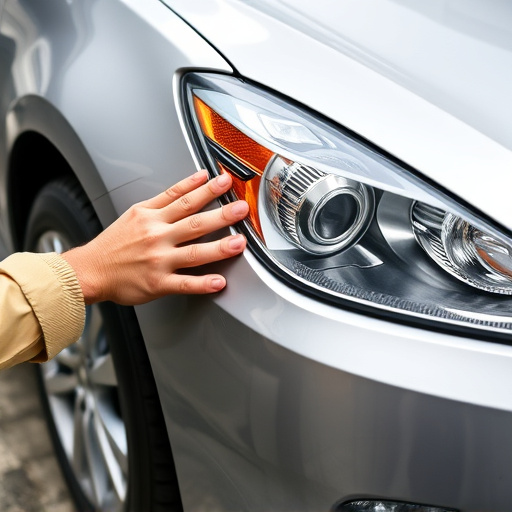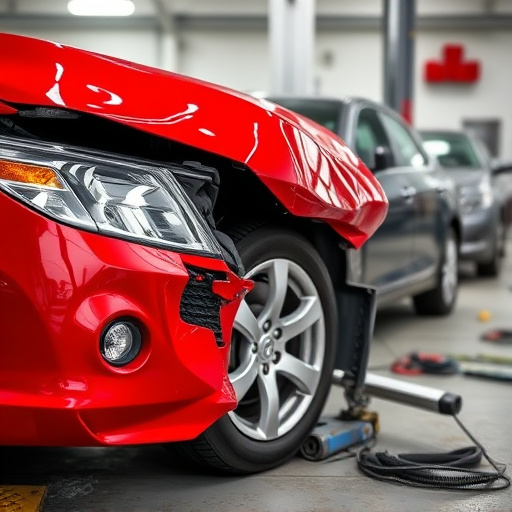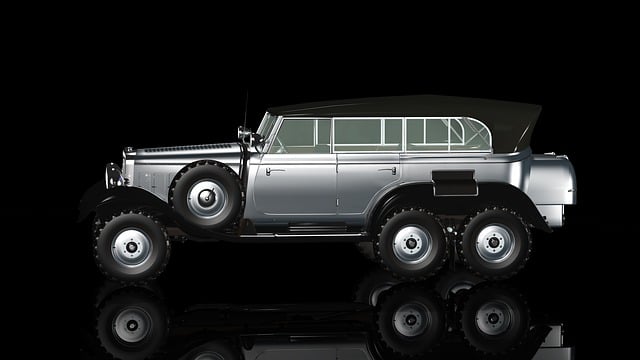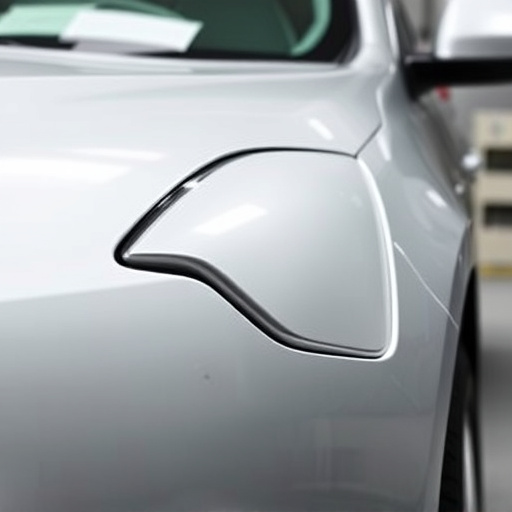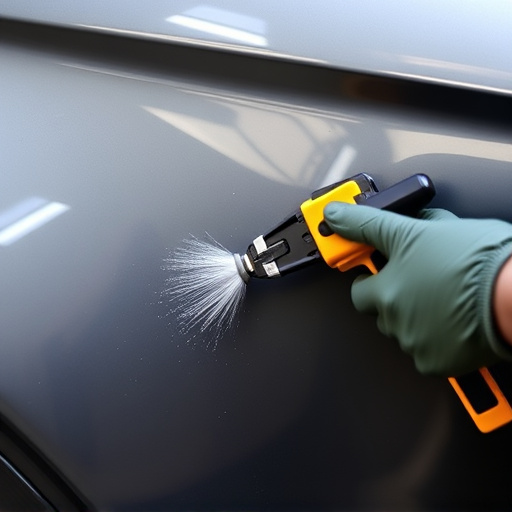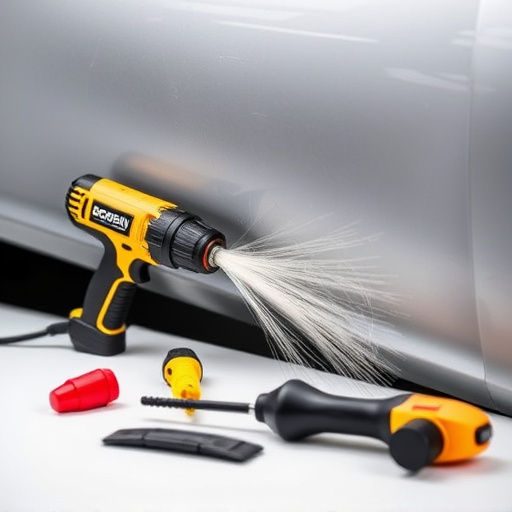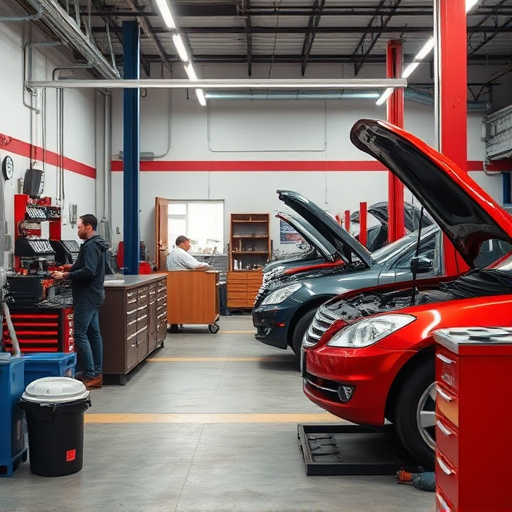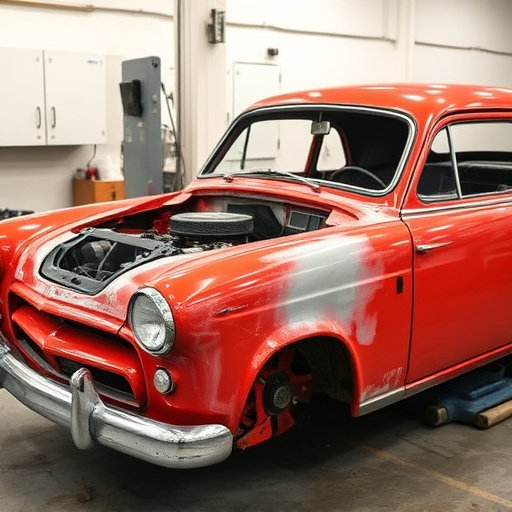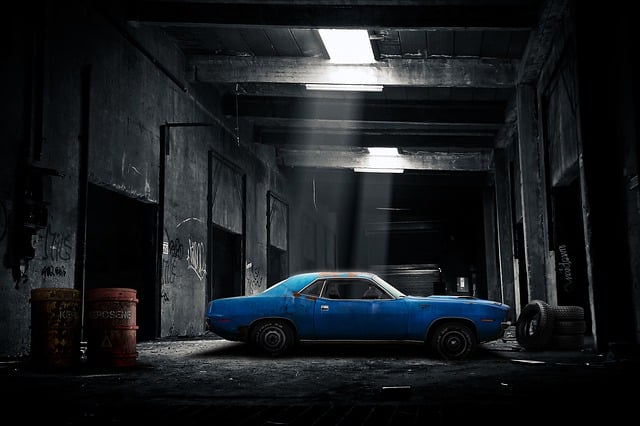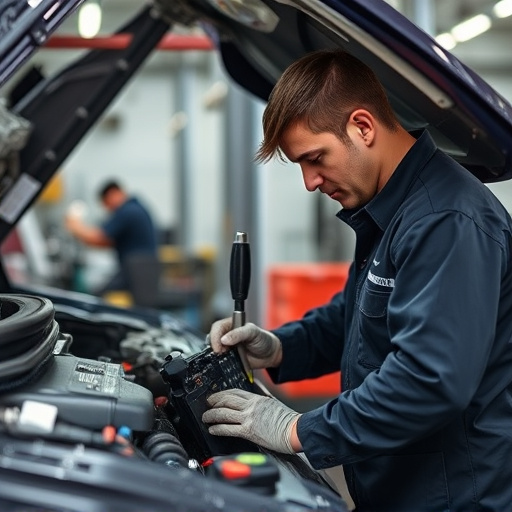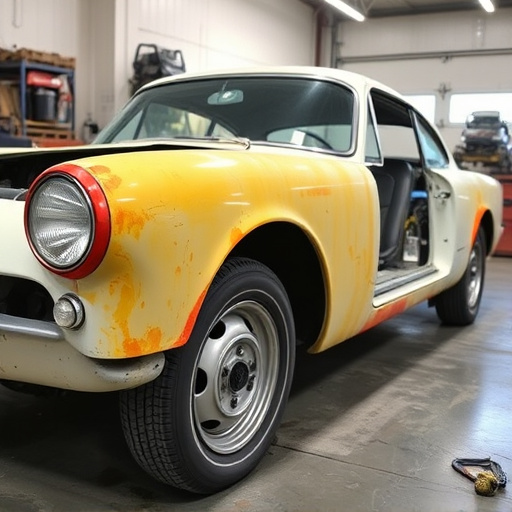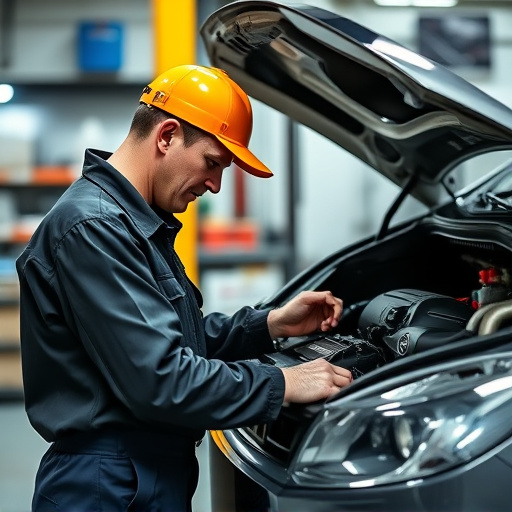Cooling system collision repair involves assessing damage, disassembling affected parts, selecting OEM or aftermarket replacements, reinstalling components, and rigorous testing to ensure efficient, safe, and reliable vehicle performance post-repair.
A swift and efficient cooling system collision repair is paramount for maintaining vehicle performance and safety. This article provides a comprehensive timeline outlining the critical steps involved in the restoration process. From initial damage assessment and securing necessary parts, to meticulous disassembly, repair, and replacement, each phase demands precision and expertise. Following reinstallation, rigorous testing ensures optimal functionality before a final inspection guarantees satisfaction. Embrace this structured approach for seamless cooling system collision repair.
- Assessing Damage and Part Acquisition
- Disassembly, Repair, and Replacement
- Reinstallation, Testing, and Final Inspection
Assessing Damage and Part Acquisition

After a collision, assessing the damage to a vehicle’s cooling system is a crucial step in the repair process. This involves meticulously examining the radiator, hoses, fans, and all associated components for any signs of damage or leaks. Skilled technicians will use their expertise to identify even the subtlest issues that could impact the system’s performance post-repair.
Acquiring the necessary parts is a critical phase in ensuring successful cooling system collision repair. Depending on the extent of the damage, original equipment manufacturer (OEM) parts or high-quality aftermarket alternatives may be required. For instance, in the case of a severely damaged fender or auto body, a complete Mercedes Benz collision repair might necessitate sourcing specific cooling system components to match the vehicle’s make and model precisely. Efficient part acquisition ensures that repairs are not only timely but also reliable, guaranteeing optimal performance for the vehicle upon completion.
Disassembly, Repair, and Replacement

The process of disassembly is a meticulous step in cooling system collision repair. After the initial assessment and planning phase, technicians carefully remove components that have been damaged or affected by the collision. This involves taking apart various parts of the vehicle, including the fender, bumper, and surrounding panels to gain access to the cooling system. Every component is handled with care to prevent further damage, ensuring that each piece can be inspected for repairs or replacements.
Once disassembled, a thorough inspection of the cooling system takes place. Technicians identify the specific parts needing repair or replacement, focusing on elements such as hoses, radiators, water pumps, and thermostats. Repairs may involve replacing worn-out parts with new, high-quality components to ensure optimal performance. In some cases, it might be more cost-effective to opt for refurbished parts that meet original equipment manufacturer (OEM) standards. After the necessary repairs or replacements, the vehicle undergoes a rigorous testing phase to verify the efficiency and safety of the cooling system before proceeding to final assembly in the car body shop.
Reinstallation, Testing, and Final Inspection

After the cooling system components have been successfully replaced, the next crucial steps in the collision repair process involve reinstallation and thorough testing. This stage is essential to ensure that all parts are properly secured and function optimally, especially after a car accident. Mechanics will carefully reinstall the cooling system, double-checking connections and ensuring no leaks. The reinstallation process requires precision to maintain the vehicle’s performance and efficiency.
Once reinstalled, comprehensive testing is conducted to verify the integrity of the cooling system. This includes checking for any leaks using specialized equipment, as well as evaluating the system’s ability to regulate temperature. Testing might also involve starting the engine and monitoring the car’s temperature gauge to ensure the system operates within acceptable parameters. It’s a meticulous process that combines technical expertise with attention to detail, ensuring that the cooling system collision repair is of the highest standard—whether it’s addressing a car scratch repair or more intricate paintless dent repair techniques for external damages.
Completing a cooling system collision repair involves a structured timeline. First, assess the damage and acquire necessary parts. Next, disassemble, repair, and replace faulty components. Finally, reinstall the system, conduct thorough testing, and perform a meticulous final inspection to ensure optimal performance. By adhering to these steps, you can effectively facilitate the return of vehicles to their pre-collision condition, emphasizing the importance of efficient cooling system collision repair processes.
